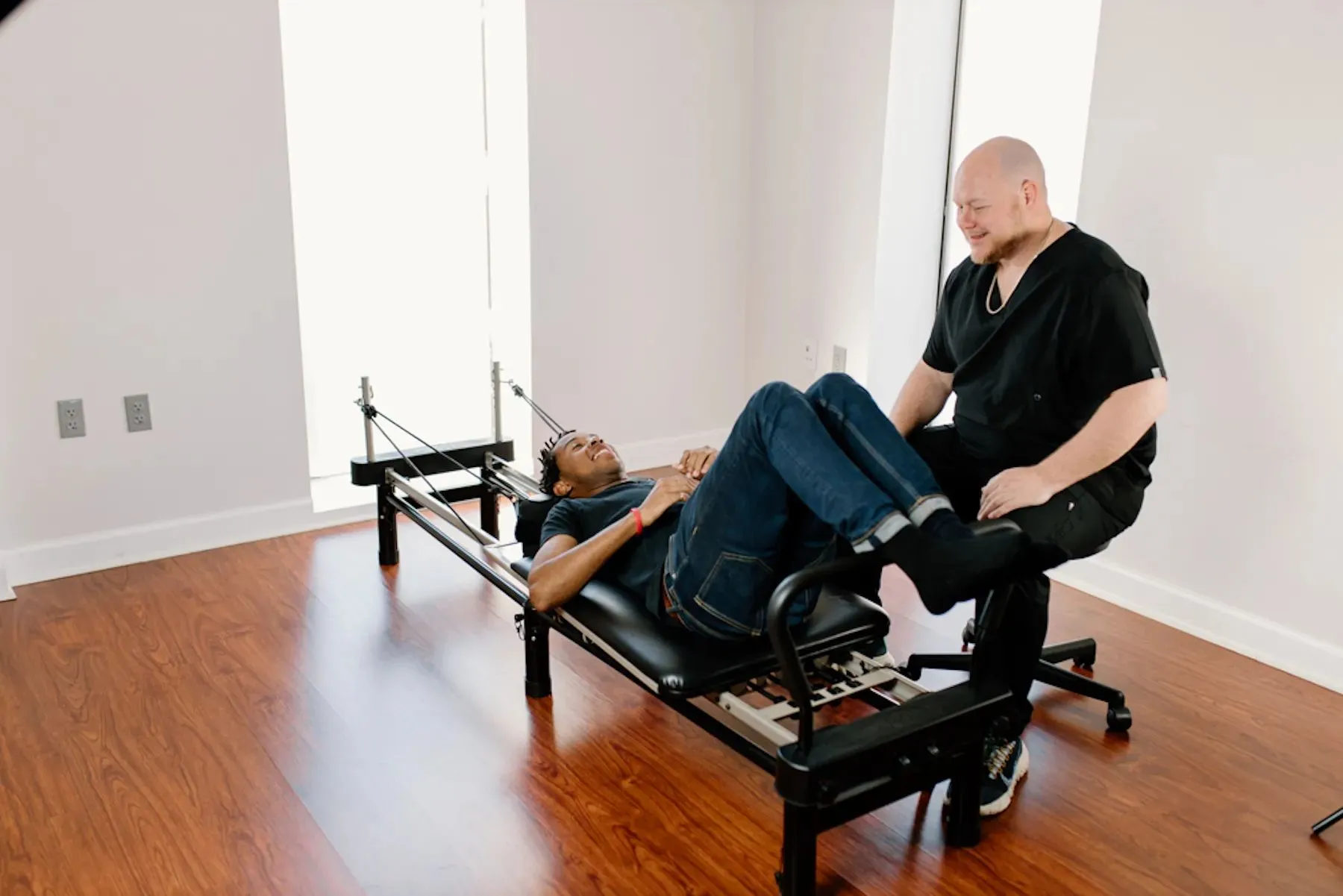When faced with musculoskeletal concerns, people often wonder whether they need to see an orthopedic surgeon or a physical therapist. While both professionals aim to improve patients’ mobility and quality of life, their roles, training, and approaches to treatment differ significantly. Understanding these differences can help you make informed decisions about your care.
Training and Education Paths
An orthopedic surgeon and physical therapist follow distinct educational paths that define their roles in patient care. Orthopedic surgeons undergo extensive medical training, starting with a bachelor’s degree, followed by four years of medical school and a five-year residency in surgery. Many also pursue additional fellowships to specialize in areas like sports medicine, joint replacement, or trauma care. This rigorous training prepares them to diagnose and surgically treat complex bone, joint, and musculoskeletal conditions.
Physical therapists, in contrast, focus on non-surgical rehabilitation and improving mobility. They typically complete a bachelor’s degree in a related field before earning a Doctor of Physical Therapy (DPT) degree, which involves coursework and clinical practicums. While they do not perform surgery, physical therapists are experts in biomechanics and therapeutic techniques, creating tailored treatment plans to help patients restore functionality and improve quality of life.
Scope of Patient Care
They differ significantly in the range of treatments offered by each and the conditions they address. Here’s the difference:
Orthopedic Surgeons:
- Perform surgical interventions to repair fractures, torn ligaments, and joint injuries.
- Treat advanced conditions, such as arthritis, that require joint replacements.
- Manage severe trauma cases or complex deformities.
Physical Therapists:
- Evaluate and create personalized rehabilitation plans targeting movement.
- Use exercise-based interventions to treat chronic conditions like back pain.
- Assist recovery following surgery, providing post-operative care plans.
Each plays a specialized role within the broader musculoskeletal healthcare system, often collaborating to provide optimal patient outcomes.
Treatment Methods
The treatment methods of surgeons and physical therapists are tailored to their respective scopes of practice. Orthopedic surgeons specialize in direct interventions such as surgeries, injections, and related procedures. These methods are often employed when less invasive treatments have failed or when a condition requires immediate structural repair. For instance, a severe meniscus tear may require surgical correction to restore joint function.
Physical therapists, on the other hand, focus on non-invasive techniques to improve mobility, strength, and overall function. Their treatment plans typically include exercises designed to strengthen muscles and enhance flexibility. Depending on the condition, they may also use manual therapy, ultrasound, electrical stimulation, or other modalities to support the recovery process. These approaches are particularly effective in addressing functional impairments and preventing further injury.
When to See Each
Knowing when to see a surgeon or a physical therapist depends on the nature and severity of your concern. Below are some circumstances of times when each professional is most appropriate:
Orthopedic surgeon:
- Experience severe pain or trauma, such as a broken bone or dislocated joint.
- Have a joint or musculoskeletal condition that limits mobility and requires surgical intervention.
- Find that non-surgical treatments have not been effective in managing your symptoms.
Physical Therapist:
- Face mild-to-moderate pain or stiffness that impacts your mobility or daily activities.
- Are recovering from surgery or injury and need tailored rehabilitation exercises.
- Want to prevent recurring injuries through strength and conditioning programs.
Know When to Consult an Orthopedic Surgeon
Deciding between an orthopedic surgeon and a physical therapist often depends on your specific condition and recovery goals. Orthopedic surgeons are best equipped to manage complex or severe issues that require surgical precision, while physical therapists specialize in non-invasive rehabilitation and promoting long-term functional improvements. Consulting your primary care provider or another trusted medical professional can also help guide your decision. Take the first step toward better health by exploring your options today.


